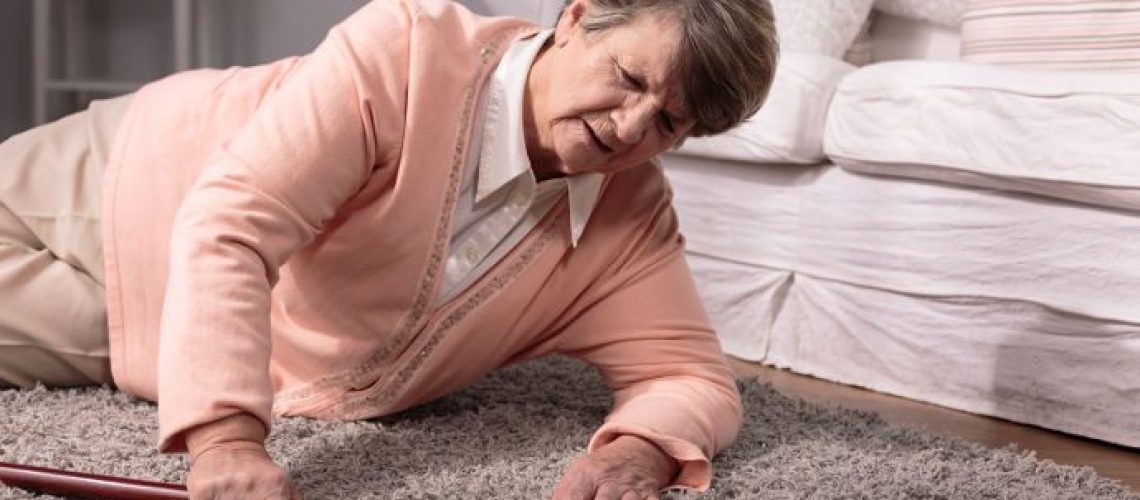As we age, we tend to become more cautious when moving about. Fear of falling may increase. But why are we more likely to fall as we get older? Let’s explore some of the reasons.
Physical risks
- As we age and become less active, we may sit more and move less. Decreased movement means our muscles and ligaments get weaker, and our joints become stiff. A less active lifestyle also causes our bones to lose calcium and other minerals, making them weaker.
- Certain medications – or combinations of medications – can increase your risk of falling. Many commonly prescribed drugs have side effects that can cause instability, dizziness, lightheadedness, muscle weakness, or bone loss. Check out the eight most common drug side effects in older adults, published by Good Rx. If you take four or more medications, your risk of falling could be double.
- An inability to see obstacles can increase the risk of falling. Inadequate lighting can occur when it becomes too difficult to change hard-to-reach light bulbs. Also, as we age, our eyes lose the ability to adjust quickly when we move between lighted areas and darker ones, thus increasing the risk of a fall.
- Unstable chairs, like older recliners that lean back too far, contribute to many falls. Even more dangerous are chairs with wheels, that may skitter away when you go to sit down, landing you on the ground.
- Loose carpets and throw rugs are common risk factors that we tend to overlook in our homes. Carpet that has buckled over the years, or rugs that turn up on an edge, present a tripping hazard – especially for someone who uses a walker or just takes shuffling steps.
- Steep stairs or bare steps become hazardous as we age. Not only are stairs more challenging for someone with impaired mobility, but visual changes can affect depth perception, making it difficult to judge where the stairs end.
- Bathrooms are the place where many falls occur, making proper safety equipment essential. Bathroom surfaces are slippery, and space is often limited, making falls more likely. Features like grab bars, a shower seat, an accessible tub, and slightly higher toilet seat go a long way to increase safety.
Internal factors
- A sudden drop in blood pressure may occur when you stand up too quickly. This condition is called orthostatic hypotension and can cause a sudden dizzy spell that leads to a fall.
- Diabetic neuropathy is nerve damage caused by chronic high blood sugar seen in diabetes. Neuropathy typically affects the hands, feet, or legs. Lack of feeling means that you lose your sense of touch and may not feel the floor beneath you, causing you to be less steady on your feet.
- Neurological diseases, such as Alzheimer’s Disease, dementia, or Parkinson’s Disease, can change your walking gait, causing shuffling. If you don’t lift your feet enough when you step, anything can become a tripping hazard.
- Osteoporosis, literally “porous bones,” is a major risk factor for falls. Older women, especially Caucasian and Asian women with a small frame, are most at risk for this disease. A person with osteoporosis is more susceptible to fractures when a fall occurs – or may sustain a fracture which then causes a fall.
A fall can have a devastating effect on your ability to live independently. Shepherd’s Staff In-home Care offers a free Home Safety Assessment. We care about your safety! Call us if you need specific tips for making your home safer.


